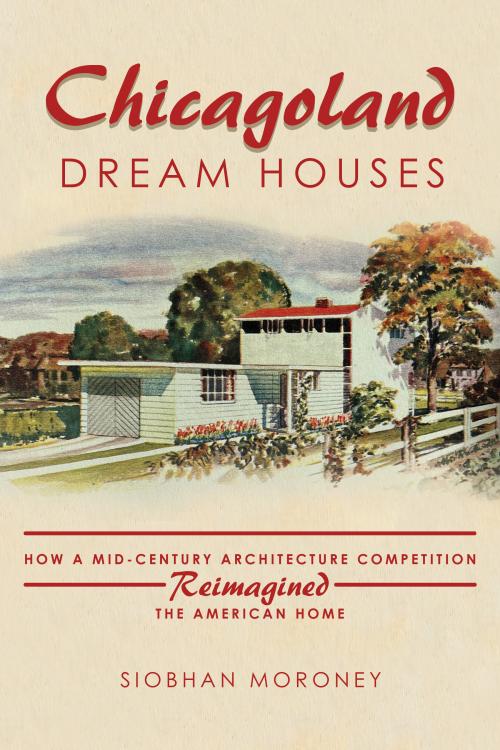A housing shortage due to Depression-era economic straights continued when the United States entered the World War II, and everyone expected it to exacerbate even further with millions of returning veterans upon the war’s end. An economy centered around the war effort was ready to collapse, too, when millions of domestic war jobs came to a halt. The Tribune committed itself to addressing the housing crisis. Along with its instructions on how to submit designs, the paper announced another feature of its enterprise.
"Watch for Prize Home Construction! When the winners have been selected, it is the Tribune’s intention, conditions permitting, to sponsor the actual construction, in Chicago and suburbs and in cities and towns throughout [sic] the middle west, of a number of homes based on prize-winning designs produced by the competition. Watch the Tribune for complete details."
Efforts to move winning designs from the competition from paper to reality distinguished the competition from others, even from the paper’s earlier, 1926 house architectural competition. Putting builders on the jury signaled, from the outset, the building project’s seriousness. This would be no mere ideas competition. The competition was clearly popular; the Tribune received nearly 1,000 submissions, including some from Marcel Breuer, Marion Mahony Griffin, Ralph Rapson, and I. M. Pei. Several factors compromised the ambition, however, and the building project was at best a mixed experience for potential home buyers. In the end, it did not present a realistic solution to the Chicago housing shortage.
As predicted, the United States suffered from a postwar housing crisis. Despite President Truman’s commitment to prioritizing veterans’ housing, policymakers clashed on how to confront the problem. Government agencies wanted more control and oversight over new construction; banks and contractors wanted less. In one Chicago-related example of the conflict, Truman’s national housing administrator, Wilson Wyatt, sought authority over other governmental agencies and private industry. Wyatt admired prefabricated solutions to housing, thinking the speed of prefabrication could address the urgency of the housing problem. Builders, and especially banks, were skeptical; prefab houses had no proven track record, and lenders were skittish about whether the houses would hold up. (A Tribune article in 1947 told of the prefabrication industry’s attempt to avoid the stigma by promoting the label “factory made.”) Wyatt planned to commandeer a Chrysler/Dodge auto manufacturing facility in Chicago and turn it over to the Lustron corporation, a pioneer in prefabricated houses. Truman (later no stranger to seizing manufacturing plants) refused to grant Wyatt the sweeping authority he wanted, and the plant continued making cars. Only a few weeks later, Wyatt resigned, also frustrated with Truman’s lifting of price caps on building materials and a Congress that viewed government regulations as “socialistic” practices to be resisted.
